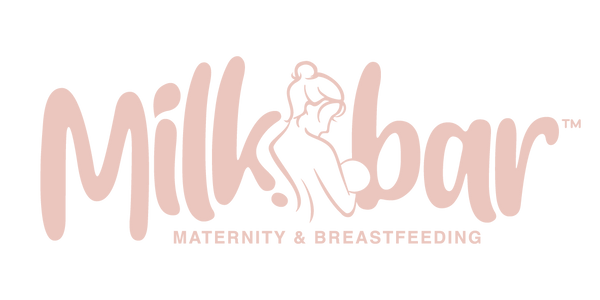
Elastic Nipples: What are they & what does it mean for my Expressing Journey?
Share
Breastfeeding is a beautiful and natural process, but it can come with its own set of challenges. One such challenge that some women may face is having elastic nipples. Elastic nipples are characterized by their ability to stretch more than other nipples, often resulting in discomfort and pain.
Understanding Elastic Nipples:
Let's start out by saying that having Elastic Nipples isn't bad! All nipples have some elasticity but "Elastic Nipples" stretch significantly during breastfeeding or pumping, often causing discomfort and potential challenges in milk transfer.
Instead of the suction focusing on the nipple itself, elastic nipples tend to be drawn into the Flange tunnel, causing compression in the wrong place. This incorrect compression combined with stretching of the nipple inside the tunnel can cause low Milk output, pain & sometimes, damage to your nipple.
Identifying Elastic Nipples when using our Breast Pumps:
Expressing with our Milkbar Breast Pumps should be a painfree experience & as the pump mimics a baby's suckle, you should be seeing an output of milk on par with what your baby would be feeding.
If you are experiencing pain or low Milk output, the first thing to do is to check that you are using the correct size insert. If you think you have the correct size insert then look for the below when you are pumping:
- Is your nipple becoming pulled into the tunnel towards the end or swelling & rubbing against the side of the tunnel?
- Is the kit taking in the entire Areola rather than the nipple & just part of the areola?
- Is the tunnel compressing the Areola instead of the nipple?
If you answered yes to any of these, you may have extra Elasticity in your nipples.

Can I continue to express with Elastic Nipples?
Yes absolutely! We have some tips & tricks to help with minor elasticity.
First, make sure you're not using the highest suction levels in either modes when pumping. The best thing to do is stick to as low a number as you can - 2/3/4 is best - this helps to limit the amount of suction on your nipples and hopefully prevent them from stretching so much.
Another tip is to use some form of lubricant such as coconut oil/olive oil/breast milk on your nipples/areola to help prevent friction when pumping - this can make it more comfortable.
If none of the above get you pumping comfortably, we have also done extensive trialling of our new Flexi Flow Suction kits on women across New Zealand, most of which have had great success on their expressing journey!
You can find them here
Use the code STRETCHYNIPS at the checkout to recieve 30% off the price of the suction kits.
Our amazing team of women are here to help you! If you've been struggling with expressing or if you think you may have Elastic Nipples, get in touch with our team for some 1:1 Support 💗

1 comment
THANK YOU FOR THIS! It’s so validating to know I can express milk and that the issue was elastic nipples. I’d never heard of it before. I bought the kit and immediately went from getting 30mL in 10 minutes to 70mL in 5 minutes! I’m so happy. 🩷🩷🩷